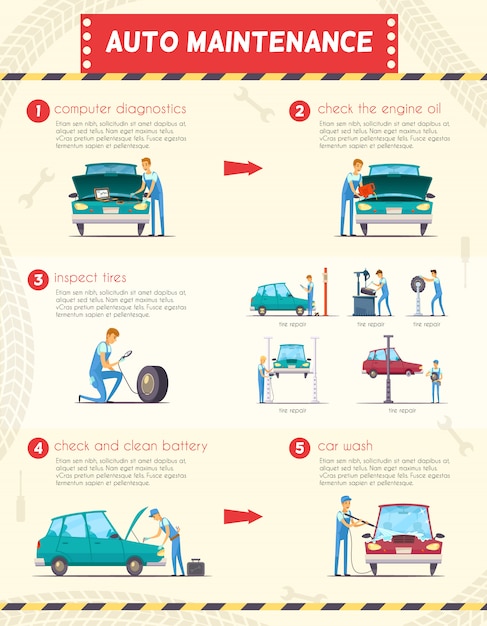Analyzing Your Automobile'S Alert Lighting: Their True Implications
Analyzing Your Automobile'S Alert Lighting: Their True Implications
Blog Article
Content By-Lim Torres
When you're behind the wheel, those beautiful caution lights on your dashboard can be a little bit perplexing. Do you understand what they're attempting to tell you regarding your auto's wellness? Recognizing the value of these lights is important for your security and the longevity of your car. So, the next time among those lights appears, would not you wish to decode its message properly and take the necessary actions to address it?
Common Warning Lighting and Interpretations
Recognize typical caution lights in your cars and truck and recognize their significances to ensure secure driving.
One of the most common caution lights include the check engine light, which indicates concerns with the engine or exhausts system. If marine detailing comes on, it's critical to have your vehicle inspected immediately.
The oil pressure cautioning light suggests low oil pressure, needing prompt interest to prevent engine damage.
A blinking battery light could recommend a malfunctioning billing system, potentially leaving you stranded if not attended to.
mobile boat detailing tracking system (TPMS) light informs you to reduced tire stress, impacting vehicle stability and gas efficiency. Overlooking this could cause risky driving conditions.
The ABS light shows an issue with the anti-lock stopping system, compromising your capacity to stop quickly in emergency situations.
Lastly, car cleaning interior alerting light warns of engine getting too hot, which can result in extreme damages otherwise settled quickly.
Understanding these common warning lights will certainly aid you address concerns promptly and preserve secure driving conditions.
Significance of Prompt Focus
Comprehending the usual caution lights in your car is only the initial step; the value of quickly addressing these cautions can't be stressed enough to ensure your security when driving.
When a caution light illuminates on your control panel, it's your auto's method of communicating a potential issue that requires focus. Overlooking these warnings can bring about a lot more serious issues in the future, jeopardizing your safety and security and potentially costing you a lot more out of commission.
Motivate focus to alerting lights can prevent break downs and mishaps. For example, a blinking check engine light can indicate a misfire that, if left neglected, could create damages to the catalytic converter. Resolving this promptly can conserve you from a pricey fixing.
Similarly, a brake system warning light may signify reduced brake liquid or used brake pads, crucial components for your safety when driving.
DIY Troubleshooting Tips
If you discover a warning light on your control panel, there are a couple of DIY troubleshooting suggestions you can try before seeking expert help.
The very first step is to consult your cars and truck's guidebook to understand what the specific warning light suggests. Occasionally the problem can be as basic as a loosened gas cap causing the check engine light. Tightening up the gas cap may deal with the trouble.
An additional usual concern is a low battery, which can trigger various warning lights. Checking the battery links for rust and ensuring they're safe may fix the trouble.
If a caution light persists, you can try resetting it by detaching the vehicle's battery for a couple of minutes and after that reconnecting it. Furthermore, examining your automobile's liquid levels, such as oil, coolant, and brake liquid, can help repair warning lights associated with these systems.
Verdict
Finally, recognizing your car's caution lights is crucial for keeping your car running efficiently and securely. By without delay dealing with these informs and knowing what they mean, you can avoid costly repair work and prospective breakdowns.
Remember to consult your automobile's handbook for specific information on each cautioning light and act appropriately to ensure a trouble-free driving experience.
Remain informed, stay safe when traveling!
